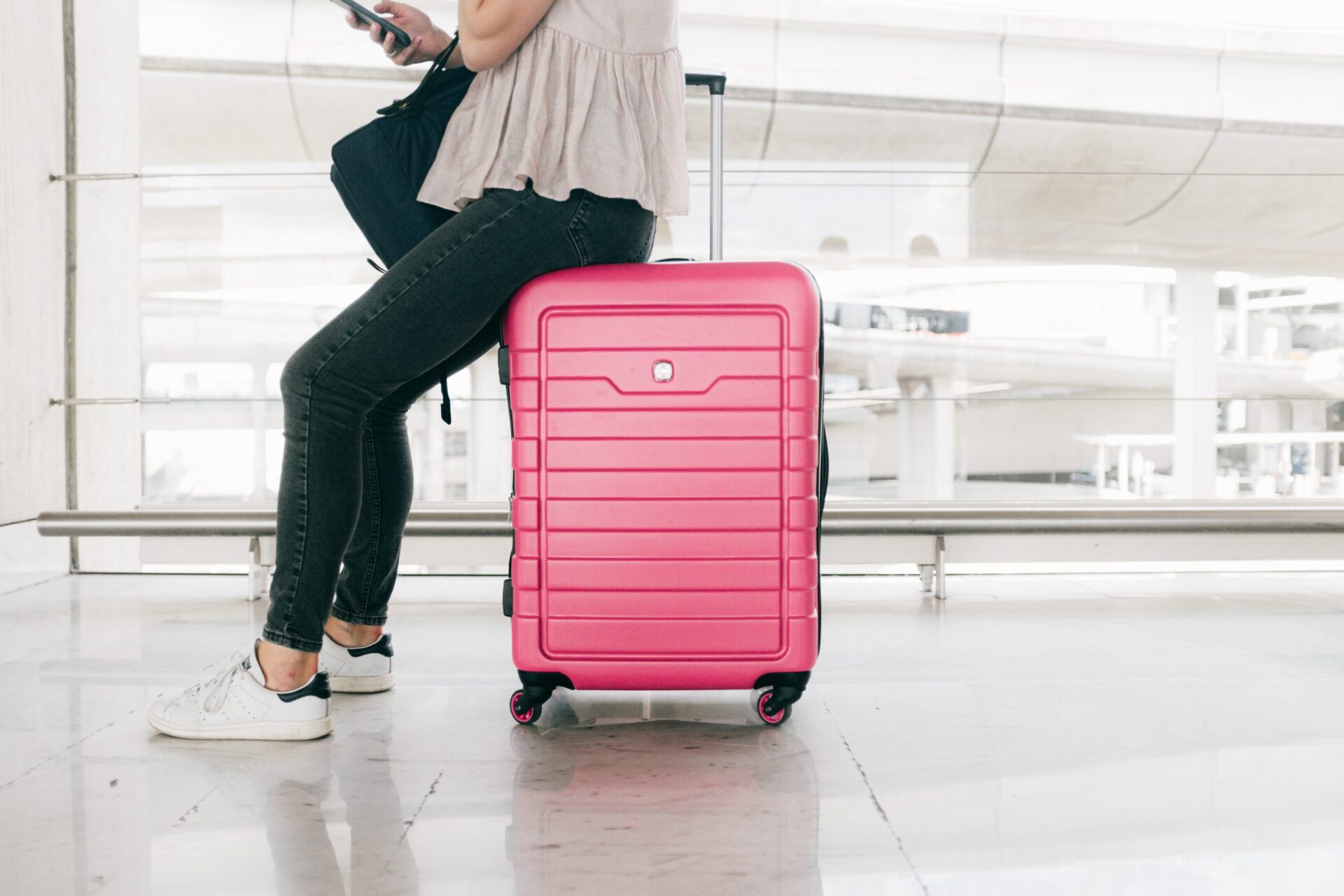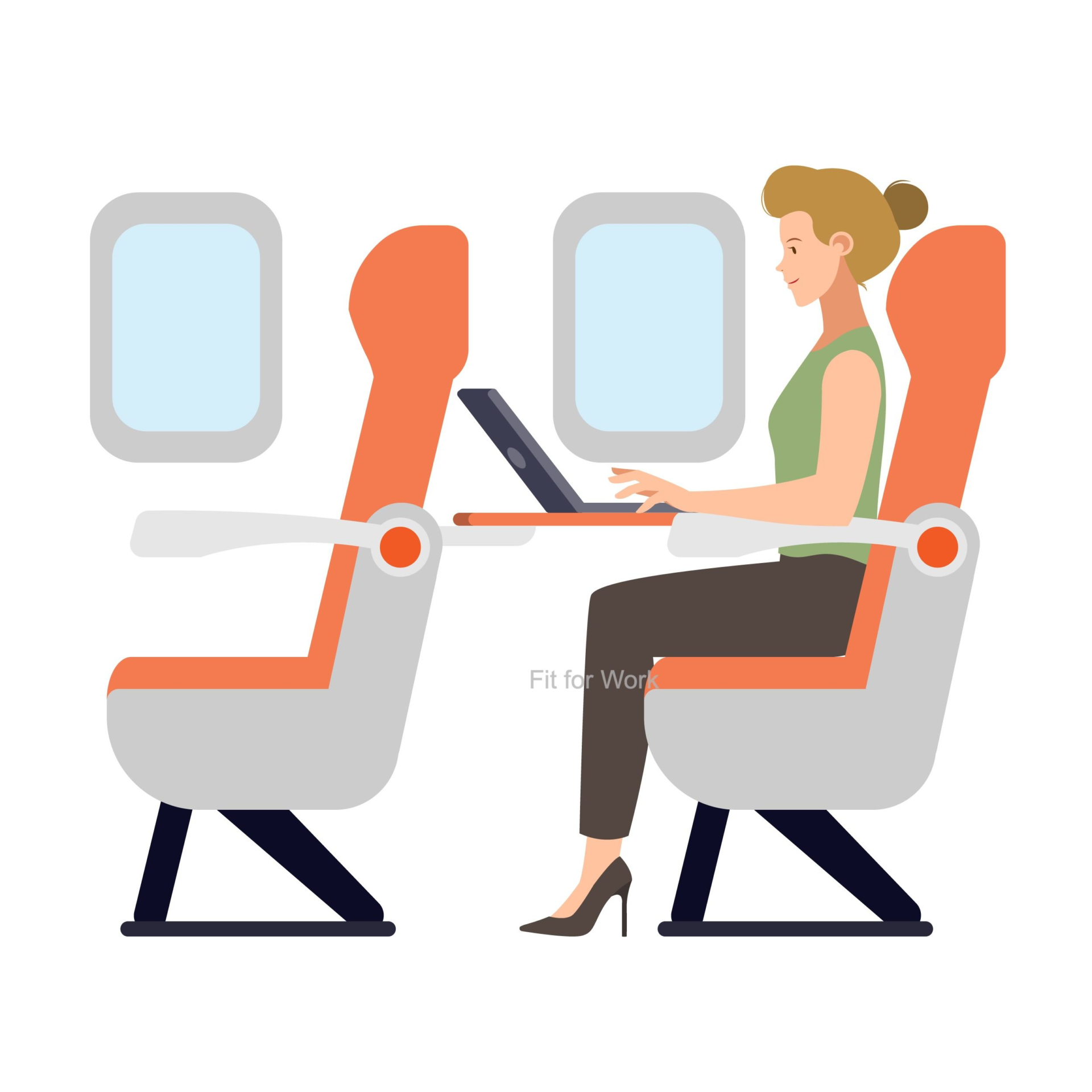A road trip to an island, a week’s stay in a tidy holiday home, a business trip, or a plane to another country. It still sounds far away because of the pandemic, but we will go back to traveling at some point. When will we be able to travel again? The short answer is nobody knows for sure. At the moment, some parts of the world are reopening, think of Europe. Before the pandemic hit, not many travelers paid attention to the items they carried, and ergonomic travel is rarely made a priority. So let’s use this moment as we might go back to traveling soon, to take a look at how to safely travel ergonomically after the pandemic.
If we travel by car, train or plane, the queue at immigration will be longer than before. Probably you need more than a passport, this may mean temporary visas, negative covid tests, and more documentation that you’ll need to take with you when traveling. But try to have a look at your suitcase and how to pack your suitcase.
How to pack your Suitcase?
Hand sanitizer, antibacterial wipes, and masks are the priority to travel with. However, dragging a heavy suitcase can have an impact on your neck, shoulders, and back. A nice solution is to invest in a 4 wheel suitcase that can rotate 360 degrees instead of the 2 wheel suitcase. Choose and pack your suitcase carefully to avoid overpacking. Pack the heaviest things, like your toiletry bag, at the bottom of your suitcase for stability.
If you are traveling with a baby it is nice to have free hands, a good solution can be a backpack instead of a suitcase. To travel ergonomically with a backpack, pack heavy gear close to the center of your back. Be careful with lifting your backpack and do this from a squatting position.

Think About Your Posture!
Many people agree that traveling, especially long distances, can cause discomfort or pain. Being locked in a car, plane, or camper is uncomfortable and makes your body tired before you arrive at your destination. Sitting for long periods of time can lead to swelling and even possible blood clotting (deep vein thrombosis). To travel ergonomically, we need to look at your posture and movement when you are traveling or working in a different environment.
Get out of your chair and stretch every 20-30 minutes if possible. If you are traveling by car, make sure to make a stop every 2/3 hours. Adjust the steering wheel and car seat to avoid leaning forward and slumping. If you must sit during your travels, make sure you have good posture so that you keep your back completely straight against the backrest and place both feet are on the floor or at a stable serve at hip distance. Adjust the seat as much as possible and provide extra support for the lower back, neck, and feet.
Furthermore, bring equipment such as a laptop riser, external keyboard, and mouse with you when you need to work while traveling or in your hotel room. Do you work with your laptop during a flight? Place the laptop on the edge of the table and push the screen all the way open so that you can look down with your eyes instead of your neck.

How can Fit for Work help?
To learn more about setting up or managing an ergonomics program that supports staff working from home or in the office or support with staying legally compliant, you can reach out to Fit for Work. For more information on our Ergonomics Self-Assessment and Education Tool, contact us.



